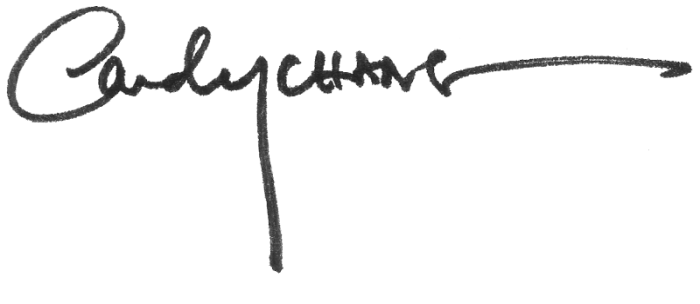Before I Die: Story
I never expected it to go beyond my neighborhood. I created the first Before I Die wall on an abandoned house in New Orleans after the death of someone I loved. Joan was like a mother to me for fifteen years and there were still so many things she wanted to do: learn to play the piano, live in France, see the Pacific Ocean. The shock of her death sent me into a long period of grief and depression. Everything felt absurd. My inner world didn’t feel like it belonged outside at all.
I lived a block away from an abandoned house that had been collecting dust and graffiti for years. It looked even sadder than me, and it finally crossed my mind that it would break Joan's heart if she knew that her death made me give up. I wondered if I could do something to honor her and reflect on mortality. So I made this homemade stencil that said “Before I die I want to _____.” With help from old and new friends, I painted the side of this crumbling house with chalkboard paint and stenciled it with this prompt so that anyone walking by could pick up a piece of chalk, reflect on death and life, and share their personal aspirations in public.
In my mind it was just another experiment and I didn’t know what to expect. Because it was cheap to make, I thought it was no big deal if it didn’t work out. The next day, the wall was entirely filled out and it kept growing.
Before I die I want to... get my wife back, eat more everything, build a school, overcome addiction, forgive my parents for their shortcomings, see a woman become president, see him one more time, make a livable wage, evaporate into the light... I saw my neighbors in a new light, and the wall became an honest mess of longing, fear, insecurity, gratitude, humor, pain, and grace. I remember the responses that resonated with me the most were the heartbreaking ones, the ones you wouldn’t typically tell a stranger. Anonymity allowed people to share without fear of judgment, which is increasingly rare these days. I saw a wider range of emotions, including the pain, all out in the open. They made me feel less alone and they gave me courage to face my own struggles. Seeing a private corner of your psyche reflected in someone else’s handwriting on a public wall can be incredibly reassuring on an individual level, and it’s a step towards seeing ourselves in one another.
This neglected space became a constructive one, and people who ordinarily had little to do with one another began taking care of it. People donated chalk. People helped me wash it down when the wall was completely full. Neighbors introduced themselves in front of the wall while reading through the day’s responses. The grandmother who lives across the street said, “People are around all the time. The block is safer now.”
There were a handful of wise-ass comments. The world will always have boys who want to draw dicks in public space. But people erased them—it’s chalk—and they were profoundly eclipsed by thousands of sincere responses that made me feel close to my community in a way I never felt before. I also learned that when the wall begins with a few thoughtful responses, it can set the tone and inspire hundreds more.
Ten months later, the wall in New Orleans ended for happy reasons: a new owner bought the property and the house became a home again. But this wasn’t the end of the project—I received hundreds of messages from people around the world who wanted to make walls with their communities. I happily traveled everywhere from Almaty, Kazakhstan to Querétaro, Mexico to make walls with students, arts organizations, and residents. However, I couldn't keep up with the requests, and I quickly realized I really wasn't needed. So I made a step-by-step guide for anyone to make their own wall. Today, thanks to passionate people around the world, over 5,000 Before I Die walls have been created in over 75 countries and over 35 languages.
It’s been one of the greatest experiences of my life to see this little experiment grow into a global project, a kind of memento mori for the modern age. It’s easy to get caught up in the day-to-day. Contemplating death is the quickest way to crush the trivial, restore perspective, and redefine what’s meaningful to you at every age. People have asked if they can remix the project, and I say yes please feel free—ideas come from other ideas, so people have made all kinds of walls, including When I graduate I want to..., I love Heraklion because..., Happiness is..., I go downtown because..., Lebanon would be better if...
I am continuously inspired by everyone's walls, and it has sparked my life-long exploration of the future of ritual in public life: spaces to commune with others over life's profound experiences without the requirement of shared doctrine. This absence feels particularly acute in our current age, as we grapple with epidemic loneliness, deepening polarization, online judgment, and the disembodiment that comes from living predominantly behind screens. How can we create emotional infrastructure that speaks to the pains of our age? Let us continue to redefine how we engage with existential questions as a community. It not only serves fundamental needs of the human spirit, it cultivates a sense of belonging, which is vital for civic life.
